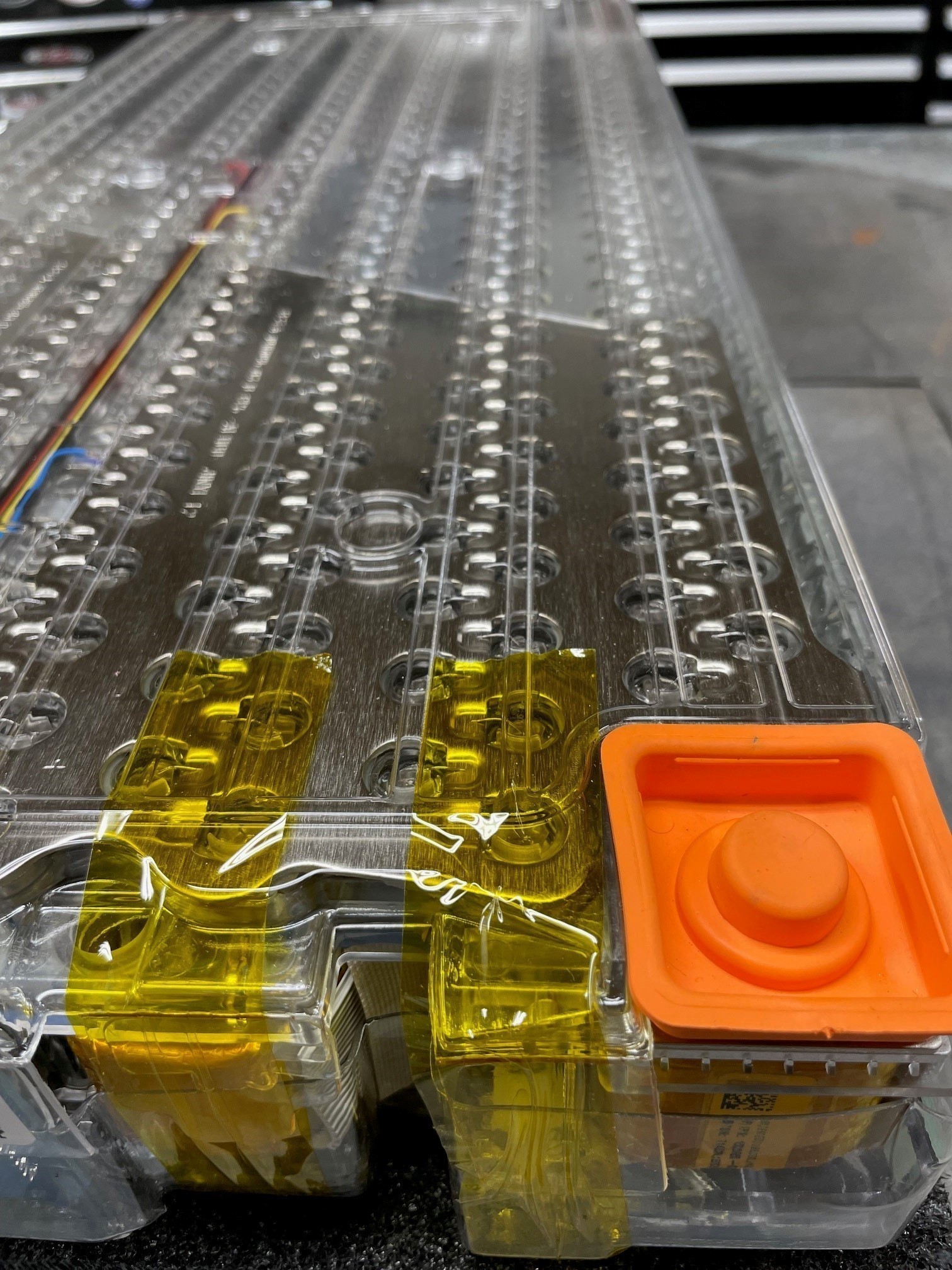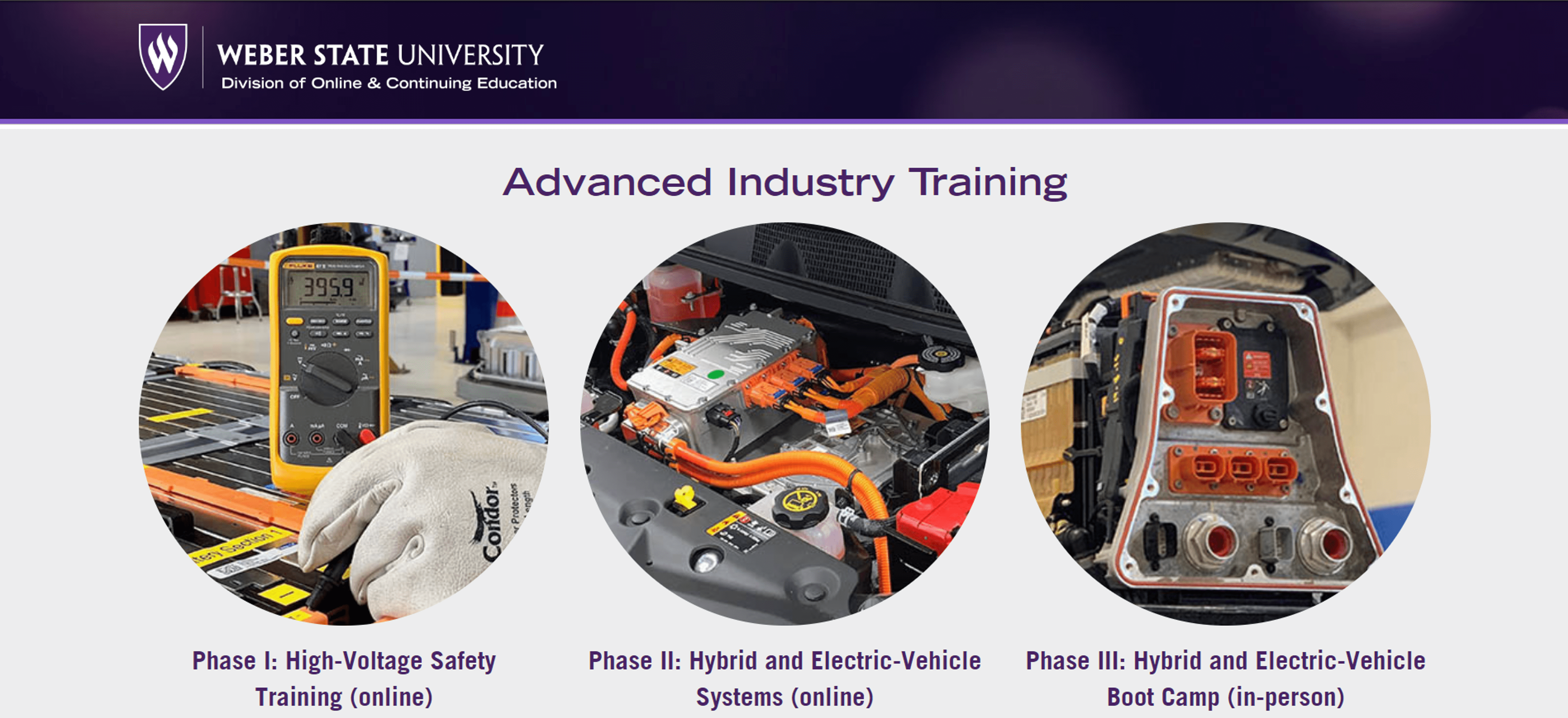There is only one way to convert your car to electric
At Fuel2Electric we like to say we are agnostic. So, no matter what electric components you use for your project, the only way to convert your vehicle to electric is safely!
If you are reading these lines right, you belong to only one category: Enthusiast. You are possibly (or without a doubt!) a very talented mechanic or electrician, and maybe both. But what you are considering in regard to the conversion process is probably something you have never done before. Before you decide to roll up your sleeves, we are here to guide you through some key aspects of the electric conversion.
|
- Tools and Protective gear. Appropriate personal protective equipment such as dry-electrical high voltage safety rubber gloves, goggles, electrical hazard safety shoes, acid resistant apron is required. Some companies have addressed this matter and sell all the tools and gear you need for your build. Do not hesitate. An investment in this equipment could save your life and your shop!
Obviously, the risks are higher when you start dismantling a Tesla or any other salvaged Electric Vehicle (EV) for some parts as you don’t know the condition of these components and don’t always know if they are live or not. Leave tear downs to professionals and buy used parts from qualified dealers.
The vehicle itself. By replacing the gas engine with an electric motor you possibly have gained more power and torque. Keep in mind, with an electric motor you have full torque at 0rpm. For those who don’t know the saying: “Horsepower is how fast you hit the wall. Torque is how far you take the wall with you”.
- Stop and steer. Needless to say, it's also important your electric vehicle stops and steers effectively. Replacing any engine/motor with a more powerful one will most likely require upgraded brakes and/or suspension components.
- Weight distribution. Converting your car will typically result in a change of weight distribution. This distribution is an important consideration in the stability and drivability of the converted vehicle. This is where a set of racing scales can be handy. You might not recognize your car on the first drive, but if done right, you will enjoy it.
- Chassis. We tend to push our vehicles performance wise. With the added weight, power and torque from electric conversion components, structural strength of the chassis must be taken into account. Otherwise, a bent body or frame could result when you’re trying to have too much fun!
More and more shops are setting up for electric conversions, electric training and certification.
For DIYers we recommend safety training such as the “Electric Vehicle Training” (three-phase program, online and on-person) by John KELLY at the Weber State University
Important safety concerns
- The high voltage system may remain powered for up to 10 minutes after being disabled. The method of disabling the high voltage system is manufacturer specific.
- Never assume that the EV is powered down because it is silent.
- Never touch, cut or open any orange high voltage power cable or high voltage components without personal protective equipment.
- Do not cause any impact that could potentially result in any damage. The electrolytes may be flammable and/or toxic and can be damaging to human tissue.
- Do not have any metal objects in your possession while working on the battery.
- Do not allow open flames near, apply heat to the EV battery or do not expose to high temperature, e.g. long period in direct sunlight
- Do not inhale spray, gas or aerosol emitted from the battery
- Avoid contact of battery contents with skin and eyes Wear suitable protective clothing, gloves and eye/face protection In case of accident or if you feel unwell, seek medical advice immediately (show label where possible)
- Only isolate and dismantle EV vehicle systems in well ventilated areas
- Avoid release of battery contents to the environment
- Always refer to additional instructions that may be given by the vehicle manufacturer.
- If battery material is swallowed and the person is conscious, rinse mouth with water and seek medical advice immediately.
- The EV battery is heavy, use mechanical assistance during manipulation.
- In case of misuse or severe damage of Lithium Ion batteries there is a potential risk of heat, fire or degassing.
- Components with a strong magnetic field are used in this vehicle. Operators with medical electric devices such as pacemakers must not carry out EV dismantling as strong magnetic fields can affect the function of the device.
- Never connect the positive terminal to the negative terminal, and never connect the cell casing to an electrical conductor.
Discover the Process | Do you really know Fuel2Electric? |







